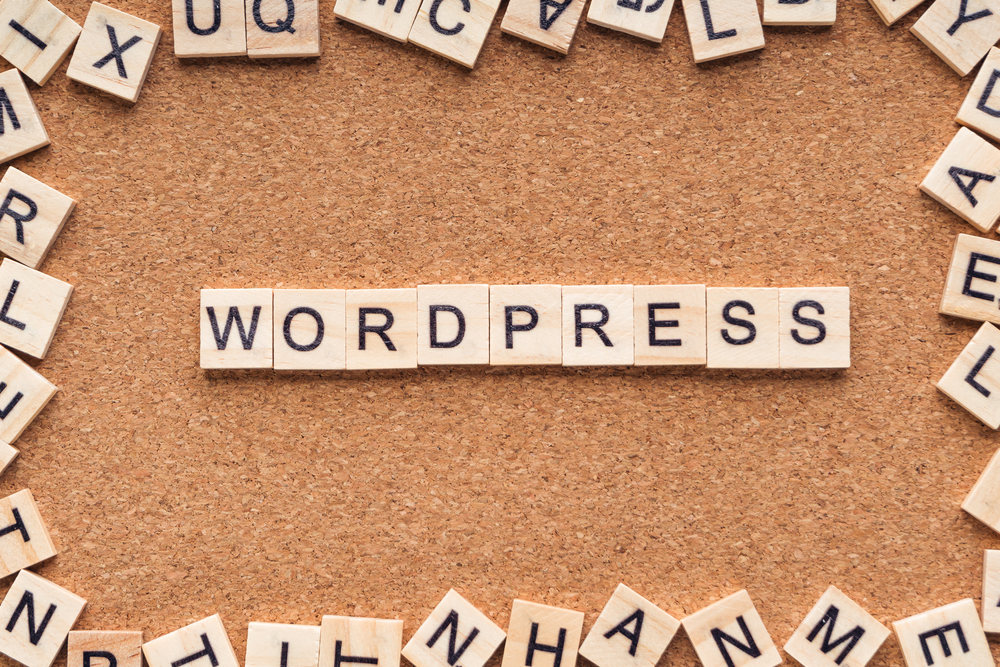
Introduction
WordPress has become one of the most popular content management systems (CMS) in the world. Its user-friendly interface, vast plugin library, and customizable themes make it a go-to choice for individuals and businesses alike. However, knowing how to efficiently customize and maintain a WordPress website can sometimes be a challenge. In this article, we will explore some tips and tricks to help you master the art of WordPress customization and maintenance.
1. Choose a Lightweight Theme
One of the key factors in optimizing your WordPress website is selecting a lightweight theme. While there are countless tempting themes available, opting for a lightweight one reduces the risk of slowing down your website's loading speed. Additionally, a lightweight theme ensures compatibility with various plugins and WordPress (or WP) updates, allowing for easier customization and maintenance in the long run.
2. Use Child Themes to Maintain Customizations
When customizing your WordPress (WP) website, it is important to use child themes to ensure that your changes are not lost during theme updates. Child themes act as an overlay to the parent theme, allowing you to make modifications without altering the core files. This means that when updates are released, you can safely update the parent theme without losing your customizations.
3. Utilize Page Builders and Plugins
WordPress (the blogging platform) offers a variety of page builders and plugins that simplify the customization process even further. One popular example is Elementor, a drag-and-drop page builder that allows you to design your website without any coding knowledge. Plugins like WooCommerce help transform your website into an e-commerce platform effortlessly. By exploring these tools, you can add advanced functionality to your website while maintaining an efficient customization process.
4. Optimize Images
Optimizing your images is crucial to ensure fast loading times and efficient website performance. Large image files can significantly slow down your website, leading to a higher bounce rate. WordPress (the platform for bloggers) provides plugins like Smush and Imagify that compress images without compromising their quality. By utilizing such plugins, you can reduce the file size of your images, improving the overall user experience and SEO ranking of your website.
5. Implement Caching
Caching plays a crucial role in website speed optimization. Caching creates static versions of your web pages, which are then delivered to users, reducing the load on your server. By implementing caching plugins like W3 Total Cache or WP Super Cache, your website's loading time can be significantly improved. This is especially important for WordPress websites that receive a high volume of traffic.
6. Regularly Update WordPress and Plugins
Keeping your WordPress installation and plugins up to date is fundamental in maintaining your website's security and functionality. Developers regularly release updates that address bugs, security vulnerabilities, and enhance features. By regularly updating your WordPress core and plugins, you ensure that your website is secure and compatible with the latest advancements.
7. Backup Your Website Regularly
Accidents happen, and it's crucial to have a backup plan in place. Regularly backing up your WordPress website ensures that if something goes wrong, you can quickly restore your website to a previous state. Numerous plugins, such as UpdraftPlus and BackupBuddy, offer simple and reliable backup solutions. By backing up your website on a regular basis, you protect your hard work from potential data loss.
Frequently Asked Questions
Q1. How can I customize the design of my WordPress website without coding?
A1. WordPress offers various page builders, such as Elementor and Beaver Builder, that allow you to customize your website's design using a drag-and-drop interface. These intuitive tools eliminate the need for coding knowledge while providing you with creative freedom.
Q2. Are there any SEO plugins for WordPress?
A2. Yes, there are several SEO plugins available for WordPress, including Yoast SEO and All in One SEO Pack. These plugins help optimize your website's content, meta tags, and provide suggestions to improve your SEO ranking.
Q3. Can I change my WordPress theme without losing my customizations?
A3. If you have used a child theme to customize your WordPress website, changing the parent theme will not affect your customizations. However, if you made changes directly to the parent theme files, they will be lost during a theme update.
Q4. Can I optimize my WordPress website for mobile devices?
A4. Yes, WordPress has responsive themes that automatically adapt to different screen sizes. Furthermore, plugins like WPtouch allow you to create a mobile-friendly version of your website, providing an optimal browsing experience for mobile users.
Q5. How often should I update my WordPress installation and plugins?
A5. It is recommended to update your WordPress installation and plugins as soon as updates become available. Regular updates keep your website secure, protect against vulnerabilities, and ensure compatibility with new features and improvements.
Conclusion
WordPress customization and maintenance can be a complex process. However, by following these tips and tricks, you can efficiently manage and optimize your WordPress website. With a lightweight theme, child themes, page builders, image optimization, caching, regular updates, and backups, you can create a highly customized website that is both functional and secure. Stay up to date with the latest WordPress advancements and explore the vast library of plugins to tailor your website to your unique needs. Happy WordPress customizing and maintaining!
Other useful resources
- https://en.wikipedia.org/wiki/Blog
- https://www.wordpress24plus.com/topics/wordpress-tips-and-tricks/
- https://www.wordpress24plus.com/wordpress-tools-directory/wordpress-plugins/